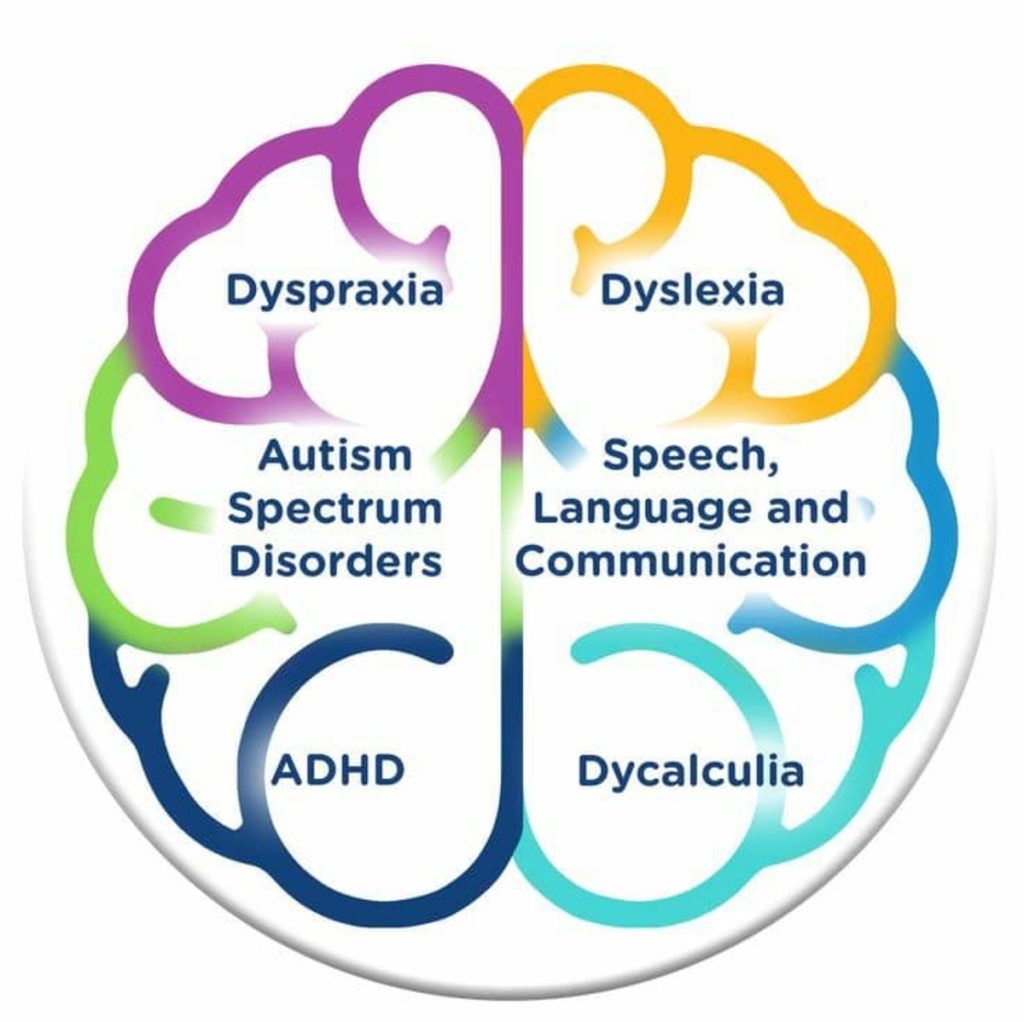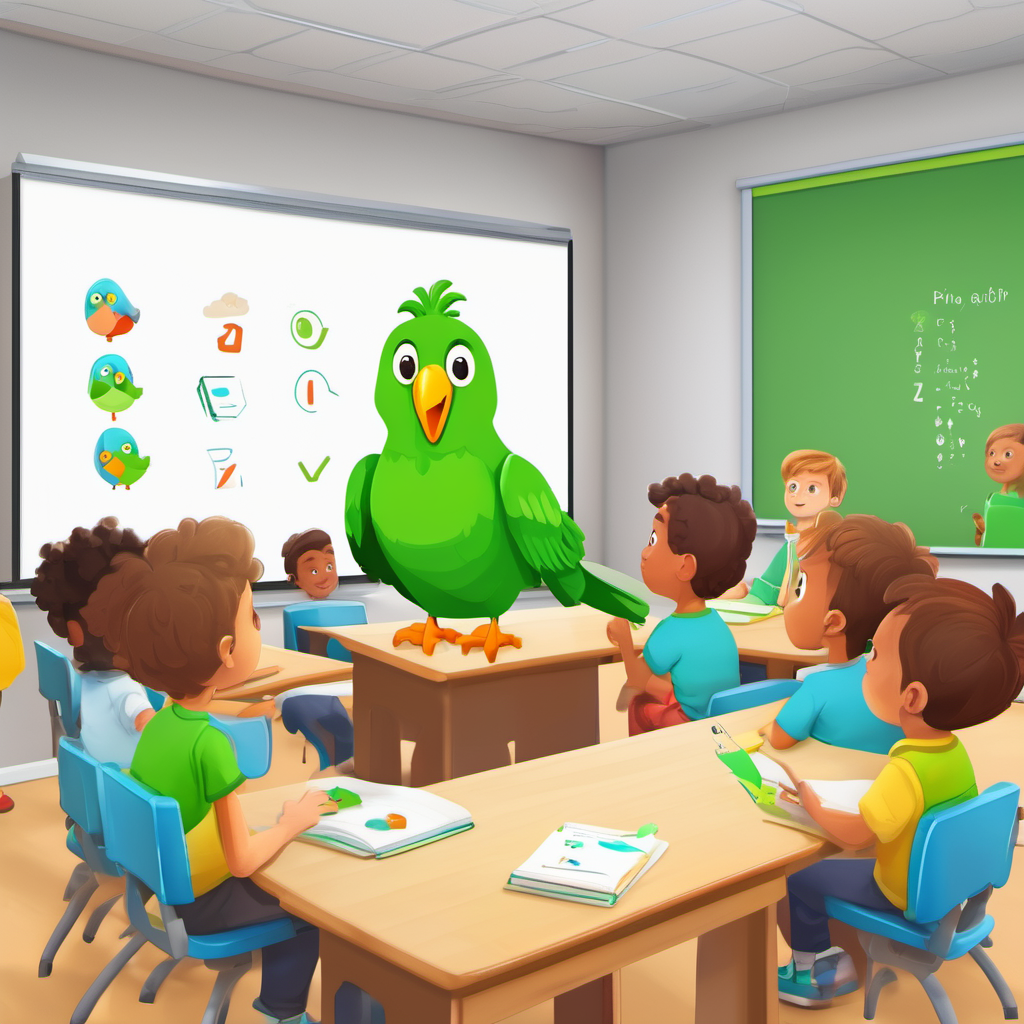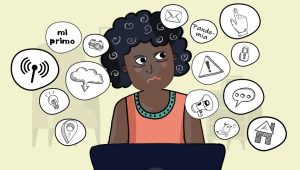Education can be a powerful tool for reshaping societal power dynamics, offering a ladder to elevate those at the margins to equal footing. However, educational systems are often developed with the “neurotypical” learner in mind, failing to accommodate different types of learners, leaving those who learn differently with a serious disadvantage for future opportunities. Researchers from the UCL Institute of Health Equity (IHE) found that, on average, people with learning disabilities experience a 15 to 20-year reduction in life expectancy compared to the general population. Prof Michael Marmot, IHE director, said: “This is a direct result of a political choice that destines this vulnerable group to experience some of the worst of what society has to offer: low incomes, no work, poor housing, social isolation and loneliness, bullying and abuse.” This systemic neglect is manifested in the current educational system, where the struggles of children with learning disabilities often go unrecognized or are inadequately addressed. The integration of AI in educational settings, particularly through personalized learning, improved diagnosis, gamification and adaptive assessment , could have the potential to adress the academic and broader societal challenges faced by students with learning disabilities.
Understanding Learning Disabilities
Roughly 14% of the population is affected by some form of learning disability, with ADHD and dyslexia being the most prevalent, affecting approximately 33% and 80% of those with learning challenges, respectively.

A learning disability is a term used to describe conditions that can make it challenging for individuals to acquire knowledge or skills in the typical way. These conditions encompass a range of disabilities, including dyslexia (affecting reading and writing), dyscalculia (impairing mathematical abilities), and dysgraphia (creating difficulties in writing legibly).
Additionally, there are neural developmental disorders such as Attention Deficit Hyperactivity Disorder (ADHD) and Autism Spectrum Disorder (ASD). While not traditionally categorized as learning disabilities, these conditions pose significant learning hurdles and are often included in discussions related to learning disabilities.
ADHD is characterized by difficulties in executive functions of the brain, affecting attention, impulse control, and various cognitive processes such as planning, time management, organization, and task prioritization. This can result in problems completing assignments on time, effectively managing time, meeting deadlines due to procrastination, and sustaining focus for extended periods. People with ADHD may also experience heightened anxiety during examinations, often due to issues related to time management and focus. Additionally, maintaining consistent performance can be a struggle due to difficulties in sustaining attention.
Dyslexia primarily affects reading, writing, and spelling skills, causing individuals to struggle with keeping up with the standard curriculum. Children with dyslexia often exhibit slower reading speeds, difficulties in comprehension, errors in written assignments, and a reluctance to engage in writing tasks.
In Dutch primary and secondary schools, students with learning disabilities receive support, such as extra exam time, tutoring, and technology-based assistance. However, these efforts often fall short in addressing the diverse learning styles, paces, and strengths of these students. Limited resources further complicate the provision of personalized education on a broader scale. Additionally, the unique nature of learning disabilities means that they manifest differently in each individual, leading to a wide range of learning challenges and preferences that standard teaching methods struggle to accommodate.
How can AI help?
Personalization
Integrating AI tools into traditional educational practices could give detailed insights into a student’s learning patterns, preferences and difficulties, enabling the tool to adapt its instructions, content, content presentation and assessment to tailor to the student’s individual needs .
Duolingo’s new product Duolingo Max is already leveraging insights from their users’ learning data to improve teaching methods with AI. Bicknell, the company’s AI lead, believes that AI will become an important part of both online and offline education, as it makes “learning more effective, rewarding and accessible.”

For instance, for students affected by ADHD, AI could offer support in organization and planning by creating personalized schedules, sending regular reminders and prioritizing daily tasks, which could also help in teaching students efficient time management. Beyond organizational aids, insights into learning preferences could further be used to adjust the modes of presentation that best suit a person’s learning style, such as kinesthetic (involving movement) and auditory learning styles, which are often preferred among students with learning disabilities. Although ADHD can make it more challenging to remain focused, it’s common for concentration levels to fluctuate for everyone throughout the day. Attention tracking could be another helpful tool to match interval duration to a student’s current focus level. It can also alert students when their attention is waning and can offer ways to re engage with the lesson. Similarly, facial expressions and intonation could be analyzed to look for signs of stress and frustration, suggesting breaks or other relaxation methods.

Early Diagnosis
The analysis of learning patterns further holds the potential to revolutionize the early diagnosis of learning disabilities among students. A study commissioned by the NHS reveals that two out of five individuals with learning disabilities go undiagnosed in childhood. By analyzing a student’s performance data over time, AI can detect patterns or signs of learning challenges long before traditional methods. This proactive approach enables the identification of subtle discrepancies in learning progress, allowing AI to flag students who may require further evaluation of an identified learning disability.
AI’s predictive capabilities are a game-changer in this regard. By leveraging historical data, AI can predict which students are at risk of developing learning disabilities. Factors like early literacy skills, numeracy abilities, attention span, and even genetic predispositions can be considered in these predictive models. There have already been some successful experiments. One example is a machine learning algorithm that was successfully able to identify children with dyslexia by analyzing test scores. Other examples include the findings of genetic predispositions for learning disabilities, raising the possibility to identify a learning disability from genetic material.
These AI tools can analyze various sources of data, including responses to standardized tests, classroom activities, or specialized cognitive skill assessment games. They can seamlessly integrate data from academic records, behavioral observations, and neuropsychological tests. The result is a comprehensive insight into a student’s learning profile, enabling educators to gain a holistic understanding of the multifaceted nature of learning disabilities.
Adaptive Assessment
AI could further be used to change the anxiety inducing, one-size fits all approach of assessments. Studies have highlighted the particularly high levels of test anxiety among students with learning disabilities . Likewise, ADHD also causes heightened test anxiety due to challenges with time management and focus. Instead of the current standardized, often lengthy testing methods, adaptive testing dynamically picks questions based on the student’s responses, adjusting the difficulty based on their previous answer . This approach leads to a more accurate and nuanced evaluation as the tests can hone in on the precise skill level of each student rather than broadly comparing them to others. Such an approach does not just offer a fairer assessment, it can also reduce test anxiety as it can challenge each student to perform at their best without feeling overwhelmed. Moreover, test results can give teachers more precise feedback on where a student may need additional support.
AI and gamification
Furthermore, the insights gained on analyzing a student’s learning patterns can take gamification of lesson components to the next level. Gamification is the use of game design elements in non-game contexts and has been recognized as a powerful tool in education as it can increase motivation through the release of dopamine and serotonin. Moreover, the playful nature of gamified lessons can reduce students’ performance anxiety. The personalization ensures that the difficulty level, challenges and reward are just right for each learner. As ADHD affects an individuals’s natural reward system, a customized reward system within the gamified AI environment can help train a persons intrinsic motivation. A good example is the AI gamification of a programming course, which has shown to improve engagement, programming knowledge and motivation.

Important considerations
The successful integration of AI in education heavily depends on the enthusiasm and active participation of educators. While AI could potentially lessen the workload of routine grading tasks, allowing teachers to concentrate on more impactful aspects of teaching, concerns over job security might hinder its adoption. Further research needs to be done on the implications of extensive technology usage on child development, as well as the consequences of the shift in the teacher-student relationship. Moreover, the use of personal learning data raises real privacy and data protection concerns. Bias in the educational software could also excaberate the unfair treatment of students with a learning disability. These remarks make clear that the implementation of AI in education requires careful consideration and collaboration between educators, developers and governmental bodies.
Beyond these considerations, AI has the potential to transform education from a one-size fits all, teacher- centric approach, to a more tailored, student – centric format, that could improve learning for every student and address and mitigate some of the societal barriers faced by people with a learning disability.


